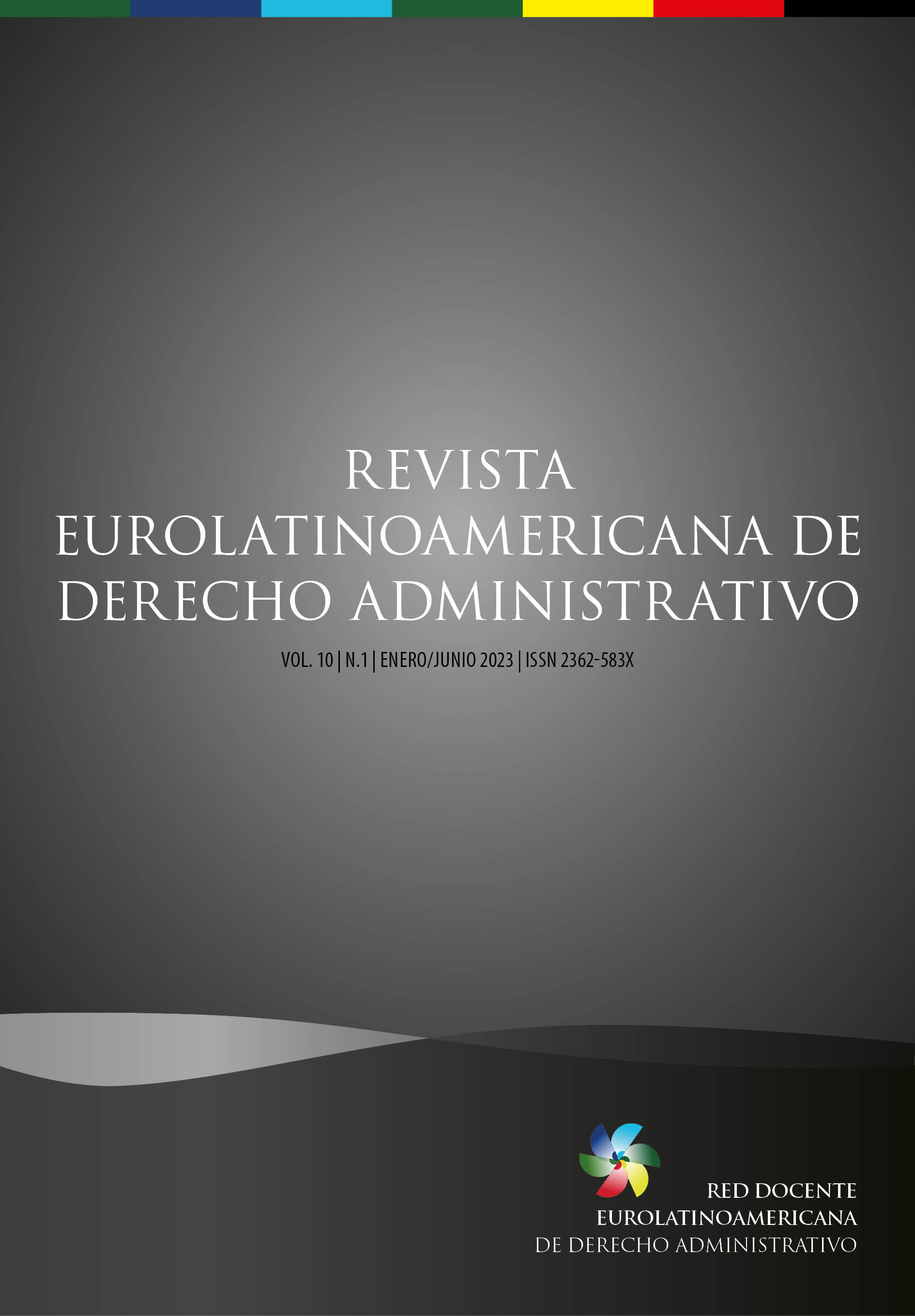Escaping the “Regulatory State”: The Case of the Peruvian Tertiary Education Regulations
DOI:
https://doi.org/10.14409/redoeda.v10i1.12759Abstract
This article deals with the regulation of tertiary education in Peru in the context of the pervasiveness of “regulatory state” within liberal democracies. The regulation of Peruvian tertiary education is a great example of the perils of the “regulatory state”. After a decade of “reform”, now Peruvians have less competition, higher prices, and less access to education, with not objective sight of quality improvement. First, the “regulatory state” is presented. How has it born and why is ever-growing? It argues that it is a product of very different processes: an economy distancing from free market or economic planning and welfare policies. Second, alternatives to reduce the number of regulations is presented, from the most obvious to some paradigm changers. None of these alternatives suffices. In a third -conceptual- part, the author presents the case of the Peruvian regulation of tertiary education -in which the state controls half of the offer-, the author concludes that actually strengthening the role of the state will reduce the pressure to regulate. In this sense, a model closer to the Nordic model -in which the components of a mixed type of mixed economy are more distinct in the sense that they intervene heavily when decide to intervene but keep a free-market economy as a general background- is a best way to escape the ubiquity quality of the regulatory state.
References
CALABRESI, Guido. A Common Law for the Age of Statutes. Cambridge: Harvard University, 1982. Available at: https://doi.org/10.2307/j.ctvjnrv5p
CALABRESI, Guido. The Cost of Accidents: A Legal and Economic Analysis. Connecticut: Yale University Press. 1970. Available at: http://www.jstor.org/stable/j.ctt1cc2mmw
COFFEY, B; McLaughlin, P; Peretto, P. The Cumulative Cost of Regulations. Virginia: Mercatus, 2016. Available at: https://www.mercatus.org/research/working-papers/cumulative-cost-regulations
DUDLEY, Susan. Milestones in the evolution of the administrative state. Daedalus, v.150, p. 33-48, jul. 2021. Available at: https://doi.org/10.1162/daed_a_01858
ENGELSTAD, Fredik; LARSEN, Håkon; Rogstad, Jon. The Public Sphere in the Nordic. 1st ed., 46-70. Norway: De Gruyter, 2017. Available at: https://www.jstor.org/stable/j.ctvbkk05k.6
HALLONSTEN, Olof. Where did all the money go? Funding, personnel and expenditure in Swedish universities and colleges 2001-21. Swedish: Quality in Higher Education, 2022. Available at: https://doi.org/10.1080/13538322.2022.2121469
HILSON, Mary. The Nordic Welfare Model. In: LINDSKOG, Annika; STOUGAARD, Jacob. Introduction to Nordic Cultures. London: UCL Press, 2020. Available at: https://doi.org/10.14324/111.9781787353992
KING, Roger. Governance and accountability in the Higher Education Regulatory State. Switzerland: Springer, 2007. Available at: https://doi.org/10.1007/s10734-005-3128-2
LAWSON, Gary. The rise and rise of the administrative state. Harvard Law Review, v.107, p. 1231-1254, apr. 1994. Available at: https://scholarship.law.bu.edu/faculty_scholarship/2627
MORAN, Michael. Understand the regulatory state. British Journal of Political Science, v.32, p.391-413, mar. 2002. Available at: https://doi.org/10.1017/S0007123402000169
NIELSON, Aaron. Deconstruction (not destruction). Daedalus, v. 150, p. 143-154, jul. 2021. Available at: https://doi.org/10.1162/daed_a_01864
PERÚ. Tribunal Constitucional. Case number: 0008-2022-PI/TC. Congresistas vs. Congreso and Poder Ejecutivo. 20 de diciembre de 2022.
ROSENBERG, David; WOOTTON, James. The Regulatory Advantage of Class Action. Regulation Through Litigation, p. 244-309, 2002. Available at: https://www.jstor.org/stable/10.7864/j.ctv86dhwh.11
SCOTT, Colin. The Regulatory Theory: Foundations and Applications. Canberra: ANU PRESS, 2017. Available at: http://www.jstor.org/stable/j.ctt1q1crtm.25
SUMAR, Oscar; MÉNDEZ, Rubén. Is the Peruvian constitution neoliberal? The influence of the Washington Consensus. International Journal of Public Law and Policy, v. 7, p. 14-28, may, 2021. Available at: https://dx.doi.org/10.1504/IJPLAP.2021.10035863
VISCURI, W. Kip. Overview. Regulation Through Litigation, p. 1-21, 2002. Available at: https://www.jstor.org/stable/10.7864/j.ctv86dhwh.4
WHITMAN, James. Consumerism Versus Producerism: A study in comparative law. The Yale Law Journal, v. 117, p. 340-406, dec, 2007. Available at: https://doi.org/10.2307/20455797
YAMADA, Gustavo; CASTRO, Juan. Calidad y acreditación de la educación superior: retos urgentes para el Perú. Lima: Repositorio de la Universidad del Pacífico, 2013. Available at: http://hdl.handle.net/11354/1916
Downloads
Published
How to Cite
Issue
Section
License
Copyright (c) 2023 Oscar Sumar, Rodrigo Hawkins

This work is licensed under a Creative Commons Attribution 4.0 International License.
Authors who publish in this Journal agree to the following terms:
- Authors retain copyright and grant the Journal of Constitutional Research the right of first publication with the article simultaneously licensed under the Creative Commons - Attribution 4.0 International which allows sharing the work with recognition of the authors and its initial publication in this Journal.
- Authors are able to take on additional contracts separately, for non-exclusive distribution of the version of the paper published in this Journal (eg.: publishing in institutional repository or as a book), with a recognition of its initial publication in this Journal.
- Authors are allowed and encouraged to publish their work online (eg.: in institutional repositories or on their personal website) at any point before or during the submission process, as it can lead to productive exchanges, as well as increase the impact and the citation of the published work (see the Effect of Open Access).



























.png)





